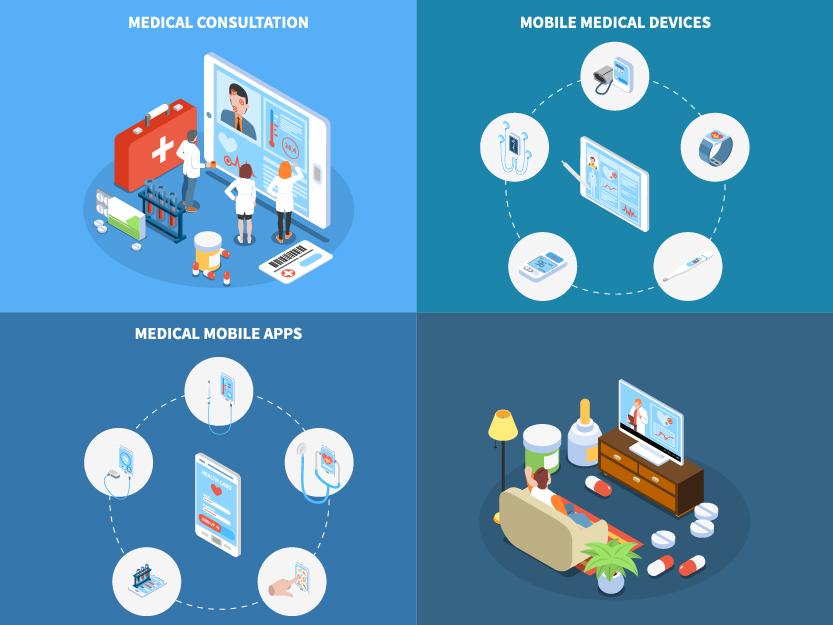
An Overview of Software as Medical Device
In this ever-changing generation, what was once envisioned as Software as a Medical Device (SaMD) is no longer just a concept and is progressively becoming a reality. SaMD primarily supports various medical activities within medical care institutions, including:
Clinical assessment and diagnostic support: For example, imaging analysis software used for interpreting medical images.
Treatment planning and execution: For example, software used to design and implement specific treatment regimens.
Monitoring and management: For example, patient monitoring and medical record management systems.
Prediction or prevention: For example, risk assessment tools used to predict potential risks faced by patients.
With the deep integration of artificial intelligence, software technology, and medical expertise, SaMD can also independently conduct on electronic devices such as computers, tablets, and smartphones, achieving these medical functions without relying on medical hardware equipment.
In recent years, regulatory institutes in many countries have issued corresponding guidelines for the review of SaMD. These guidelines include aspects such as risk classification and clinical validation requirements. Depending on the potential risk SaMD poses to the patient, this software is categorized into three classes:
1. Low risk: Software used for disease clinical information management.
2. Medium risk: Software used to support diagnosis.
3. High risk: Software that directly impacts treatment decisions.
The guidelines also require providing information on the target population, clinical significance, functional description, manufacturing methods (such as software architecture, algorithm design, and data acquisition processes), as well as information security. These guidelines not only represent advancements in the field of SaMD but also offer a clearer regulatory framework for it.
Overall, SaMD encompasses multiple fields and functions in medical applications. It needs to be developed, regulated, and applied under a regulatory framework to ensure the safety and health of patients and users. The Talent team has extensive experience in pre-clinical planning and regulatory registration for medical devices. If you have any questions or requirements, please feel free to contact us.
Reference:
1. Center for Drug Evaluation-Clinical Evaluation of SaMD
2. Guidance for Industry to Register Artificial Intelligence / Machine Learning -Based Software as Medical Device (AI/ML-Based SaMD)
3. Guidance for Medical Software Classification
4. Medical Devices Act
5. Regulations Governing the Classification of Medical Devices
6. Annex to Article 4 of Regulations Governing the Classification of Medical Devices
7. “Software as a Medical Device":Possible Framework for Risk Categorization and Corresponding Considerations
8. Software as a Medical Device (SaMD): key definitions



